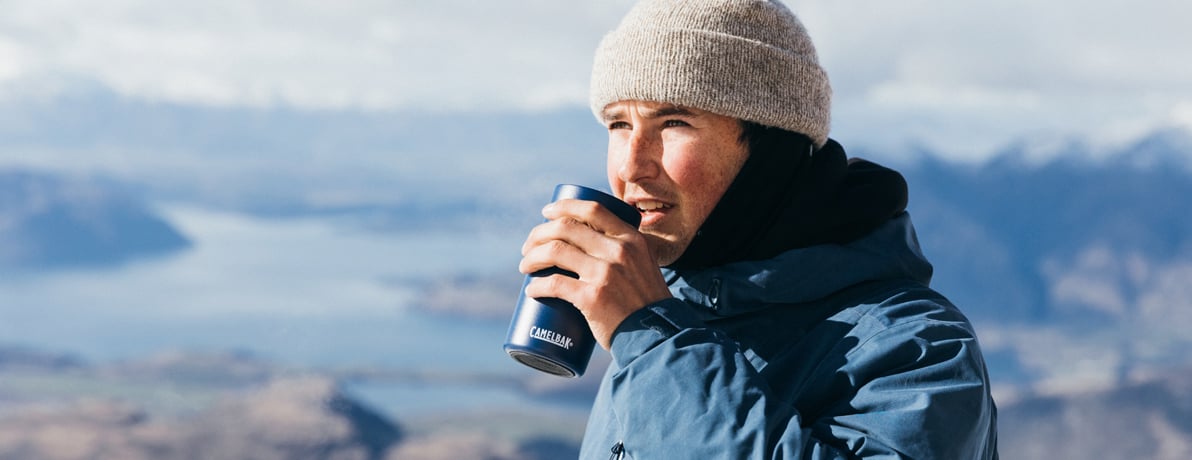
Winter Camping Tips
to Prepare for
Outdoor Activities
7 Winter Camping Tips to Prepare for Outdoor Activities
If you pack away your gear as soon as the weather becomes chilly, then you’re missing what the winter season has to offer. Waking up to the sun glittering off a clear blue lake with the scent of pine in the air, and a kind of quiet stillness only winter can bring.
Winter activities like camping and hiking aren’t for everyone, true, but it’s easier than you might think to trek through the winter and stay warm. You’ll need to know the ins-and-outs of winter safety measures, proper gear knowledge, and little tips and tricks to keep you happy and warm.
Winter Camping Guide 101
It may be obvious to state, but winter outdoor camping comes with a unique set of challenges and rewards. You’ll have to contend with freezing temperatures and unruly weather at times, but you also get to experience the serene beauty that only a winter landscape can provide.
Before you head out on this excursion into the wonders of winter there are a few things you should keep in mind.
Winter Camping Tips from a CamelBak Expert
At CamelBak, we enjoy many winter activities and are lucky enough to have a few experts in our midst. The following winter camping tips and tricks come straight from our very own Colin Belisle.
Bring a Bottle to Bed
Fill a Tritan™ bottle (carry cap would be best) full of hot, but not boiling, water and toss it into your sleeping bag before bed. It’ll warm up the bag and you can start off the night with it to keep you warm—by your feet is best! Once it cools down, be sure to remove it so you aren't expending energy keeping it warm.
Winterize your Hydration Pack
A hydration pack is essential winter camping gear, all year round. When using a hydration reservoir in the winter, swap out to a thermal control kit. The kit comes with a sleeve over the hose and a cover over the bite valve. This helps it from freezing. However, it’s always good practice to blow the water back through the tube after drinking to ensure none of the water freezes solid in the tube.
Pack an Insulated Water Bottle
It's always a good idea to have an insulated water bottle when winter camping. It ensures you have some non-frozen water in the morning and then you can use the hot water for tea throughout the day.
Eat Plenty of Calories
Cold weather camping requires lots of energy, so don’t be shy on the calories. If you’re winter camping for several days, adding some butter to hot cocoa is a great way to get those calories!
Make Sure Everything is Fully Charged
Such as GPS, cell phones, headlamps, etc. During winter temperatures, electronics become cold and batteries die faster, so you want to make sure you are prepared
Use White Gas for Super Cold Environments
When melting snow on a stove, be sure to add a little water first to avoid burning the snow.
When camping in really cold conditions, consider a white gas stove. They perform better in cold environments and don’t forget to bring lots of extra gas, as you’ll be using more to melt snow.
Practice Leave No Trace
Leave No Trace or LNT is standard practice for us, and we encourage all to practice it by leaving the camp spot better than you found it. When winter camping, it’s important to pack out all waste, including human, as you’re not able to dig a hole in the dirt like summer camping.
If you need a checklist, head over to our Winter Hiking Tips blog to make sure you have everything for your winter adventures!


